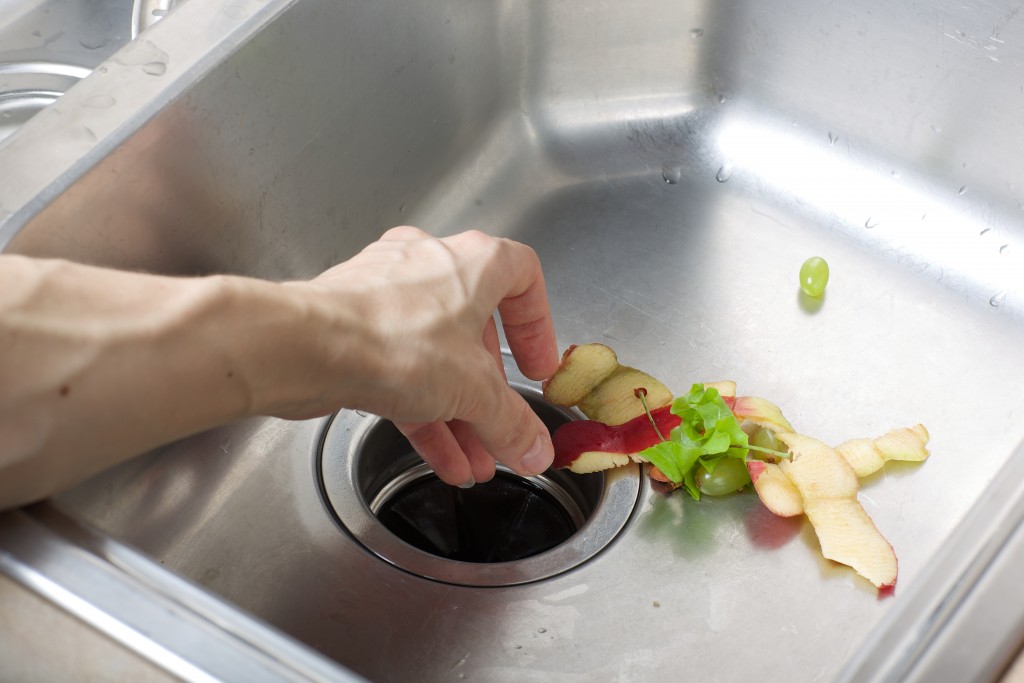The garbage disposal is a convenient part of the kitchen. It’s used to shred food or organic matter into smaller pieces so they won’t clog the plumbing, but most people throw stuff into it willy-nilly, without regard for consequences. This is unwise because like any abused piece of machinery, it will grind to a stop if it encounters things that it’s not meant to accommodate.
For all its convenience, a garbage disposal that stops working can be a significant source of stress, so it’s a good idea to know a few troubleshooting tricks. Plumbing specialists in Millcreek are often called to fix the problem, so they share their insights on what ails your garbage disposal before you call the pros.
A note before you troubleshoot: Never put your hand into the grinding chamber. The garbage disposal doesn’t have sharp blades but blunt impellers, but it’s better to be safe than sorry.
Check the Power
There are many cases where the garbage disposal doesn’t work simply because it wasn’t plugged correctly. Check the wiring and see if the plug is firmly connected to the socket. You may have to unplug and re-insert the plug to be sure. If it still doesn’t work, unplug the unit and continue troubleshooting. That said, if wiring seems to be the problem, do not attempt to make a fix on your own unless you’re a certified and trained electrician.
Check the Circuit Breakers
Garbage disposal units are protected by a circuit breaker to prevent problems related to electrical overloading. You can check this by pressing the reset button. If the circuit breaker is the issue, you may have saved a lot in repair fees and have enough to cover the repair cost.
Check for Mechanical Problems
If you hear the unit activating but there’s no visible movement in the grinding chamber, there might be a mechanical problem. Unplug the device and use a hex wrench to loosen the flywheel (this is where hardened debris often gets stuck in). If you don’t have a wrench of the necessary size, use a stick or the blunt end of a broom to push the impeller blades and loosen them from the debris. Plug the unit back in and see if that fixes the issue.
Check for Leaks

Garbage disposal leaks are common, but where it happens is the question. Leaks can spring up from the links connecting the unit to other parts of the sink: the sink flange (where the garbage disposal connects to the bottom of the sink), the hose that connects the dishwasher to the garbage disposal, and the hose that leads waste from the disposal to the drain. In any case, you should check if the connections and gaskets are tight, and if they are loose, tighten them. In some instances, a plumber’s putty, especially if there is a sink flange leak, can come in handy.
Finally, if you don’t have the tools to troubleshoot the issue (or if you don’t want to risk causing further damage), you can always get help from a professional.
